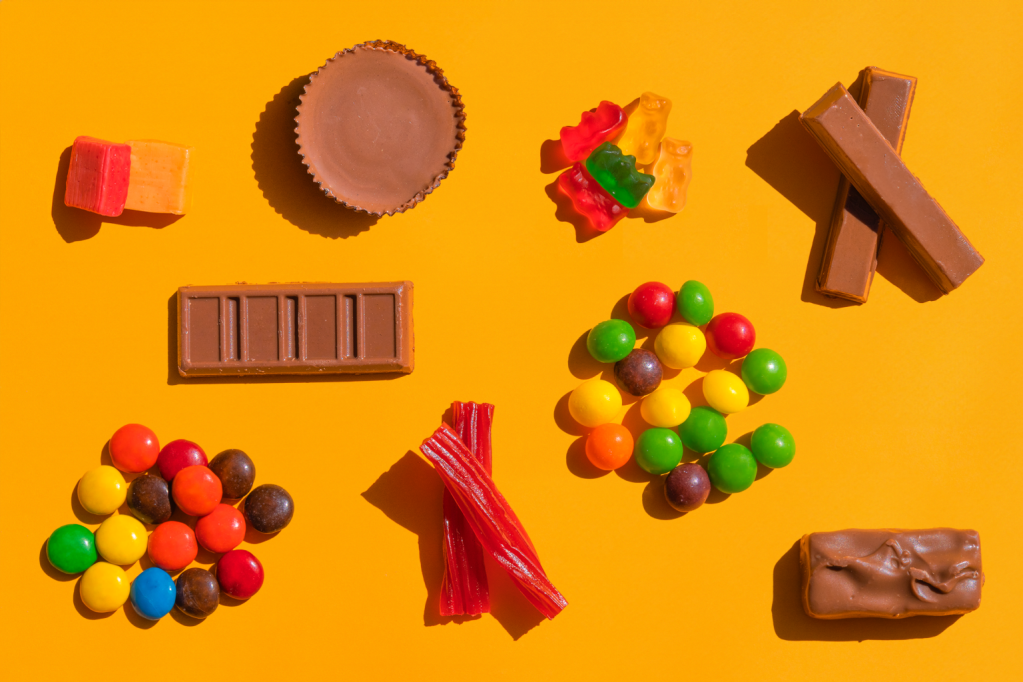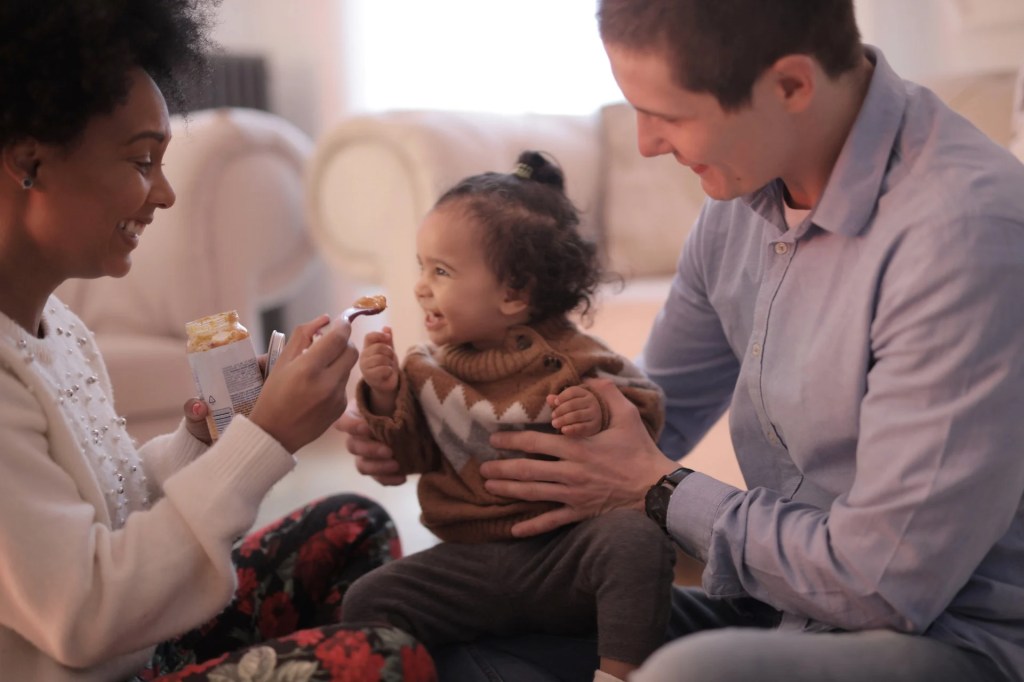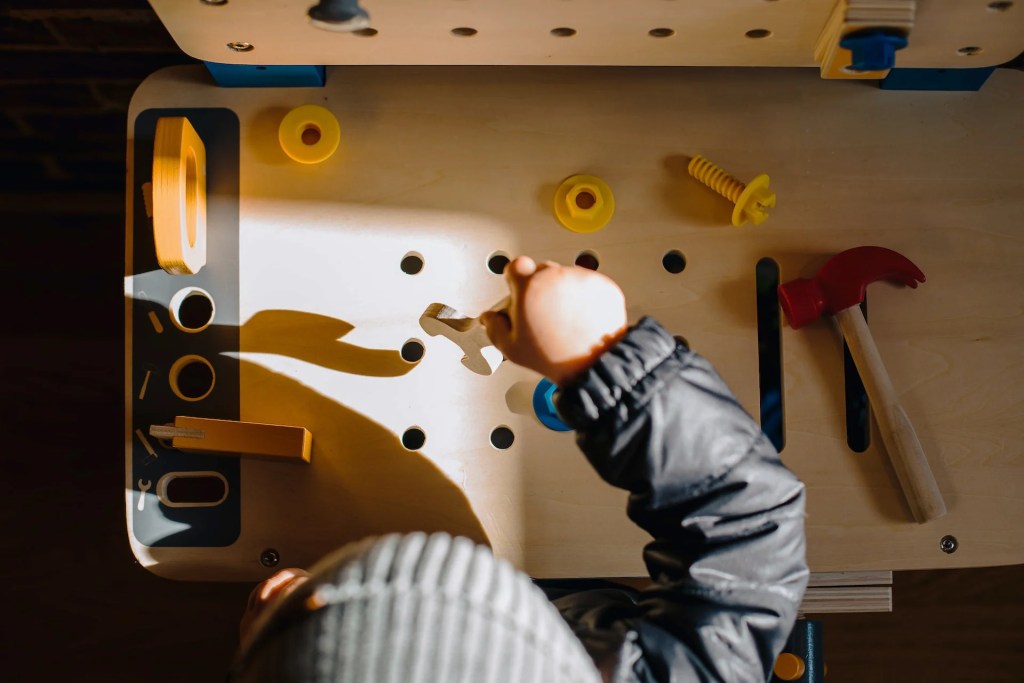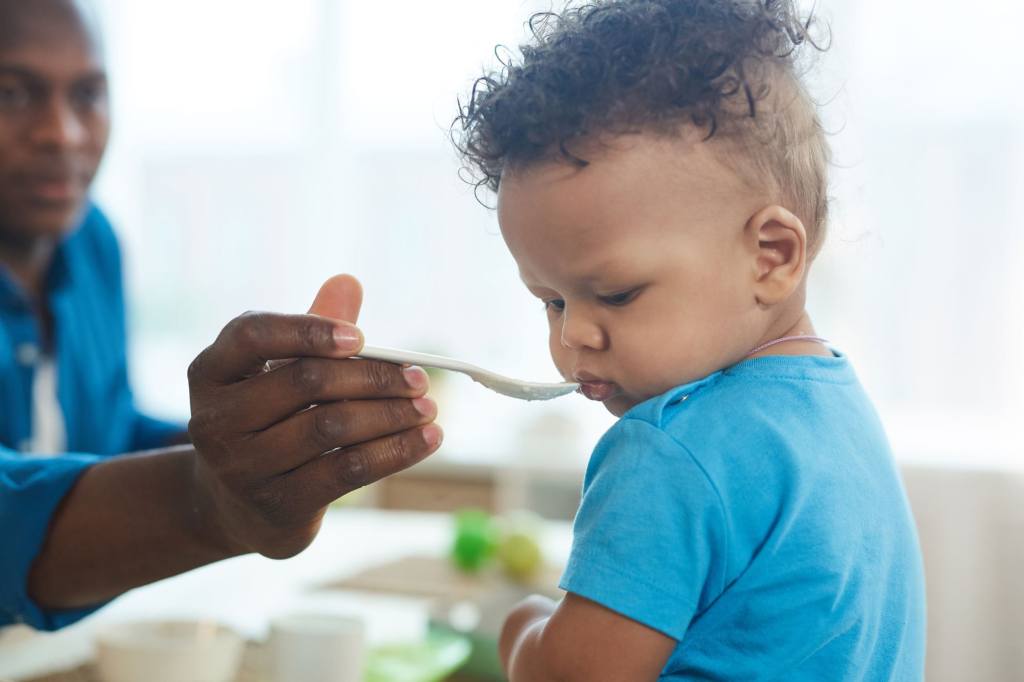Your cart is currently empty!
Everybody poops, and your baby’s just got a lot more interesting.
Here’s What You Need To Know:
- Baby’s stool changes when you introduce solids to their diet. It can smell different, be a different consistency, and a different color.
- Food can change the appearance of your baby’s poop. Green vegetables may turn their stool green while beets may turn it a red hue.
- It is normal for undigested bits of food to appear.
- Increase the amount of water in their purees or giving them a little water (2-4oz) if they get constipated.
Doo-Doo Diaries
As you introduce solid foods to your baby, you will notice their stools change. They will become more solid, change in color, and have a much stronger odor. Green vegetables like spinach or peas may turn their stool green while beets may turn it a red hue. Undigested bits of food may also be present, like the casing of peas or seeds in raspberries. All this is very normal. Below are a few things to consider as your little one enters a whole new doo-doo stage.
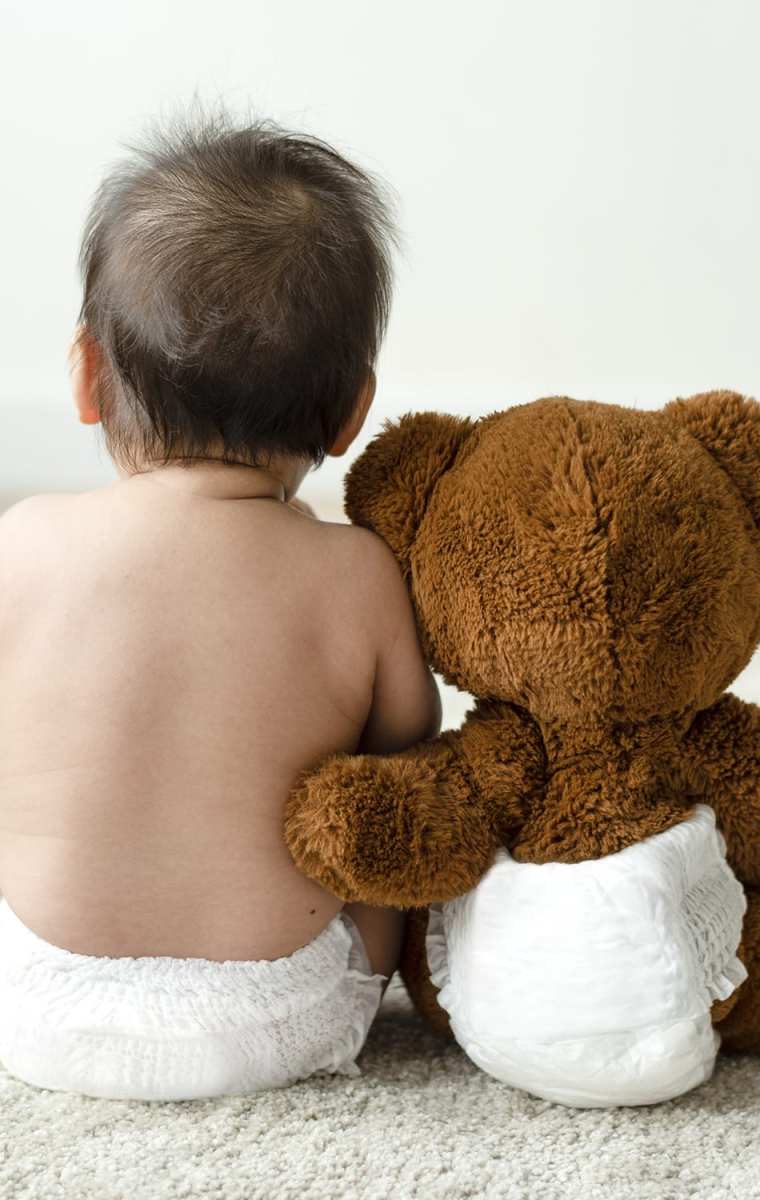



Your Baby is More Likely to Get Constipated
You may notice that your baby’s bowel movements become less regular, and they may even get a little constipated. This is normal. To help ease sluggish elimination, you can try increasing the amount of water in their purees or giving them a little water to drink. Caution: Babies should not drink water until they are at least 6 months old (AKA when they start eating solids) Babies 6-12 months of age and eating solid foods can have between 2-4 ounces of water a day out of a cup or sippy cup. You do not want to replace breast milk or formula as their primary source of nutrition. Pureed prunes can also help move things along.
Avoid Heavily Processed Foods
Many packaged products are processed to be on the shelf for years. Most also have preservatives and additives. Heavy processing usually involves exposing foods to high temperatures for long periods which can denature water-soluble vitamins.
Eat the Rainbow
Your baby’s brain and body need a diet dense in a broad spectrum of vitamins and minerals to fuel proper growth. Just because a squeeze pouch touts spinach as an ingredient doesn’t mean there’s a lot of green stuff in there. Make a habit of reading nutrition labels. A good rule is to eat the rainbow to ensure nutrient diversity.
Remember the “Poop Pantone”
When it comes to your baby’s diaper, this is what the colors mean and what to look out for.
Greenish black: Common for newborn’s first poop. When older, green poo can be from foods high in iron.
Yellow Brown: Common for formula-fed babies.
Greenish Brown: Common for babies transitioning to solids. May reflect foods they are eating.
Black: For older babies – not newborns – it may be a sign of something more serious. Contact your pediatrician.
White or Gray: Not normal, could be a sign of a liver issue. Contact your pediatrician.
Red: May appear more red after red foods, but blood in stools could be some constipation or something more serious. If your baby has eaten nothing red recently, contact your pediatrician.
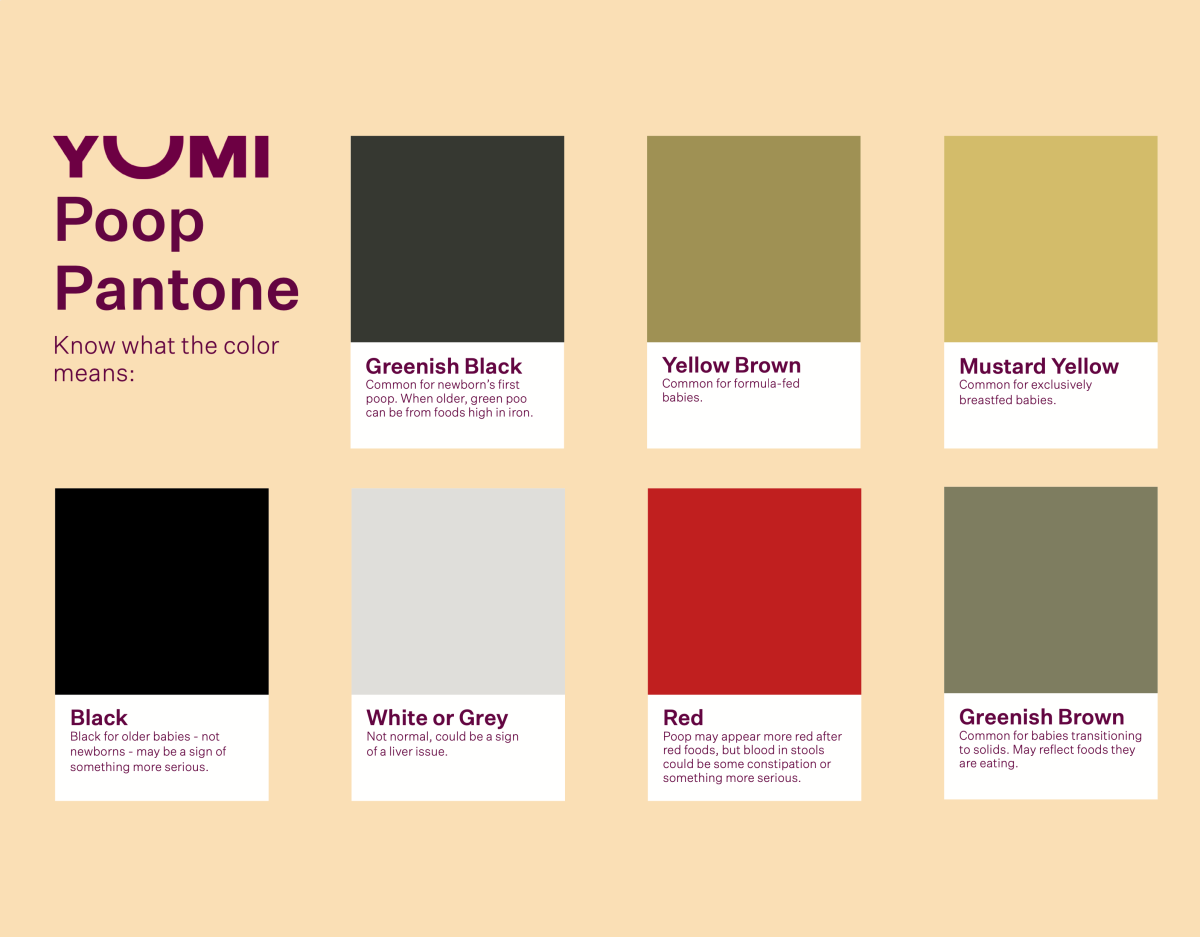
Summary
Baby poop is something you are used to by now. In fact, you probably never thought you would inspect poop so closely.
Now that your baby has started solids, the contents of their diapers are going to vary. Their poops can change in consistency and come in all the colors of the rainbow. The colors to look out for are black, red, white, or grey.
If your baby’s poops are any of the aforementioned colors, contact your pediatrician. Also, be aware that constipation is likely to occur, but is easily treated by a bit of water or prunes.



